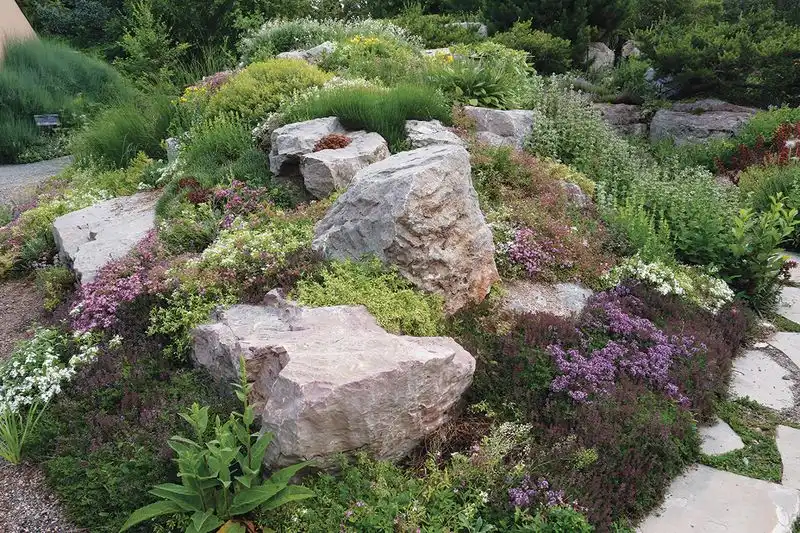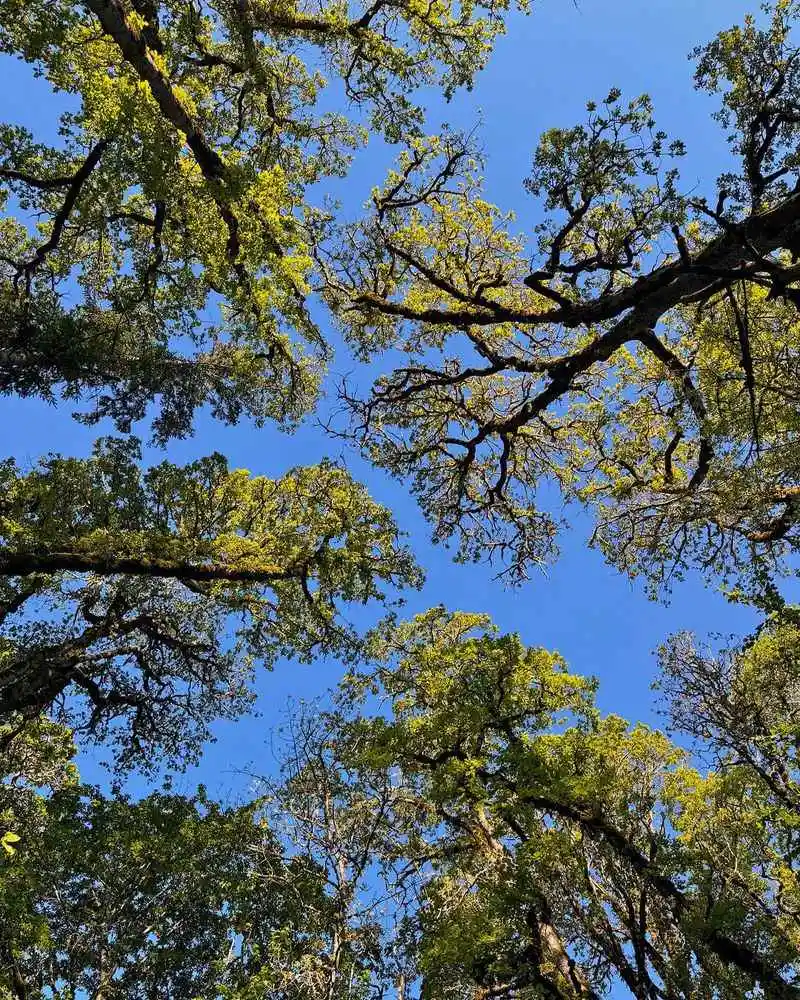It didn’t take a greenhouse, irrigation, or special soil—just three strategically placed rocks and an old tree. That’s how I created a tiny microclimate that stays cooler in summer, holds moisture longer, and lets delicate plants thrive.
This simple setup redirected wind, light, and shade, creating a protected pocket where even my fussy herbs and seedlings suddenly started doing better—with no extra care.
In this article, I’ll show you exactly how I arranged it, what changed in the garden, and how you can use natural elements to shape your own growing conditions—right where you are.
Rock Placement

A trio of rocks may seem commonplace, yet their strategic placement is transformative. Nestled beneath the tree’s shade, rocks manipulate heat retention and soil moisture. As the sun arcs across the sky, these stones absorb warmth, releasing it slowly to temper the surrounding area’s chill. This heat modulation encourages certain plants to flourish, creating a microhabitat teeming with life. The rocks’ arrangement, reflecting sunlight while preserving ground moisture, showcases the synergy between natural elements. Historically, such methods were used in ancient agriculture, proving that sometimes the simplest tools yield the most profound results.
Tree Selection

Choosing the right tree is akin to setting the stage for nature’s play. The oak, with its expansive canopy, offers vital shade and regulates temperature fluctuations. Its dense foliage acts as a windbreak, creating a calm microenvironment beneath. This arboreal guardian not only mitigates extreme weather but also fosters biodiversity by attracting various species. Moreover, its roots stabilize soil, preventing erosion and maintaining ecological balance. Often seen as symbols of strength, trees like the oak have been revered throughout history for their life-sustaining properties.
Wind Patterns

Wind’s invisible hand shapes the microclimate, with its patterns influenced by the landscape’s arrangement. The rocks and tree collaboratively deflect and channel airflow, creating sheltered spots. As breezes dance through branches, they cool the air and disperse seeds, promoting plant growth. This natural ventilation system aids in temperature regulation and pest control. Historically, understanding wind patterns was crucial for ancient builders and farmers, illustrating nature’s role in shaping human endeavors. The symphony of wind and foliage demonstrates the elegance of natural design.
Soil Moisture Retention

Soil moisture is the lifeblood of any microclimate. Beneath the tree’s shade, rocks help retain this precious resource. Dew forms naturally, encouraged by the coolness of the stone’s surface, nourishing the earth. This hydration fosters a fertile ground where plants can thrive, creating a lush ecosystem. The interplay between stone, soil, and tree ensures a constant moisture supply, vital for sustaining plant life. Ancient cultures often relied on stones to enhance agricultural yields, demonstrating an enduring wisdom in simple techniques. This natural irrigation is the essence of sustainable gardening.
Biodiversity Encouragement

A thriving microclimate is a beacon for biodiversity. The combination of rocks and a tree creates a haven for various species. Birds find shelter in branches, while insects and small mammals flourish among the stones. This interconnected habitat supports a balanced ecosystem, where every creature plays a role in the cycle of life. Biodiversity not only enriches the environment but also strengthens its resilience against changes. Historically, gardens designed to attract diverse species were considered sacred spaces, reflecting a harmonious relationship with nature. The vibrant interplay of life echoes the beauty of ecological balance.

